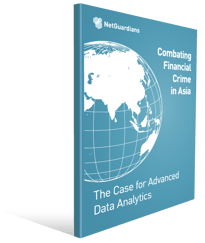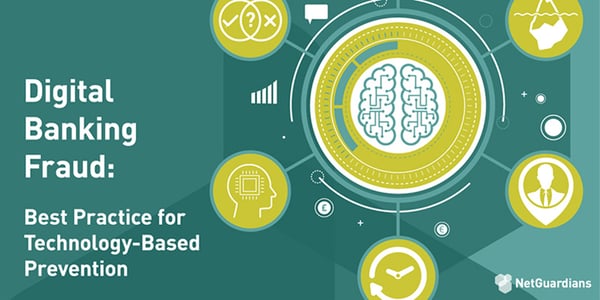The widespread use across Asia of mobile phones, m-banking and payment apps has left consumers particularly vulnerable to fraud. Financial services providers in the region must ramp up investment in anti-fraud systems or risk a damaging loss of trust, writes Raffael Maio
When it comes to financial services, Asia is different from the rest of the world. Until recently, cash was king – used for everything from buying a bus ticket to acquiring an apartment. Then authorities across the region started to clamp down on the use of cash to fight money laundering, which led to a rise in the demand for bank accounts just as mobile services were taking off.
Asians now lead the world in the use of mobile financial services, but their understanding of how to keep their money safe, on their phones and online, is patchy, making users particularly vulnerable to fraud and phishing exercises. The widespread adoption of smartphones and mobile payments has come with two problems that enable fraud: viruses and volume.
 You may also be interested in our informative page about Combating Financial Crime in Asia:
You may also be interested in our informative page about Combating Financial Crime in Asia:
Fraudsters have proven very successful at planting viruses on smartphones. The authorities in Vietnam estimate that 72 per cent of the country’s smartphones are infected. Scams are perpetrated through bogus apps that offer coupons for free meals, discounts, buy one get one free, and free games. Once infected, they enable fraudsters to get to work, but can remain undetected for months and even years, hiding behind the huge volume of genuine transactions.
A typical customer makes hundreds of mobile payments each month – many of very small value. The sheer volume makes it difficult to spot suspicious activity manually particularly as merchant names are not always easily relatable to a transaction. This complexity and volume is a godsend to fraudsters. By taking a little regularly from many people, they can net huge sums and remain under the radar.
The result has been an explosion in fraud and a fall in trust across the region. Indeed, recent surveys indicate that financial services companies in the Asia-Pacific region are among the least trusted in the world.
According to the 2017 Fraud Management Insights Report, financial services providers in Vietnam, China, Hong Kong, Thailand, Singapore and Indonesia have some of the lowest trust scores anywhere. Indonesia had the lowest score at 2.9 out of 10, China and Hong Kong scored 3.87 and 3.8 respectively, while the global average was 4.95. New Zealand had the highest score at 8.01.
The report cited credit- and debit-card fraud, malware or viruses affecting online and mobile transactions and identity theft as factors that undermine trust in Asia. And of course, fraud can be internal as well as external.
Banks and the various authorities are on the case. Where not so long ago they saw the level of fraud as manageable, today they realize it is not. Some have developed campaigns to help educate the population about phishing, but education on its own will not be enough.
Demand is growing for new technology and techniques to fight the threat. Certainly in my own experience in Singapore, I have witnessed banks shift from seeing fraud-mitigation software as a “nice to have” to a “must have” in a matter of months. But in order to have a meaningful impact, anti-fraud systems need to be implemented far more widely and systematically. The trust of consumers in digital financial services is at stake.




